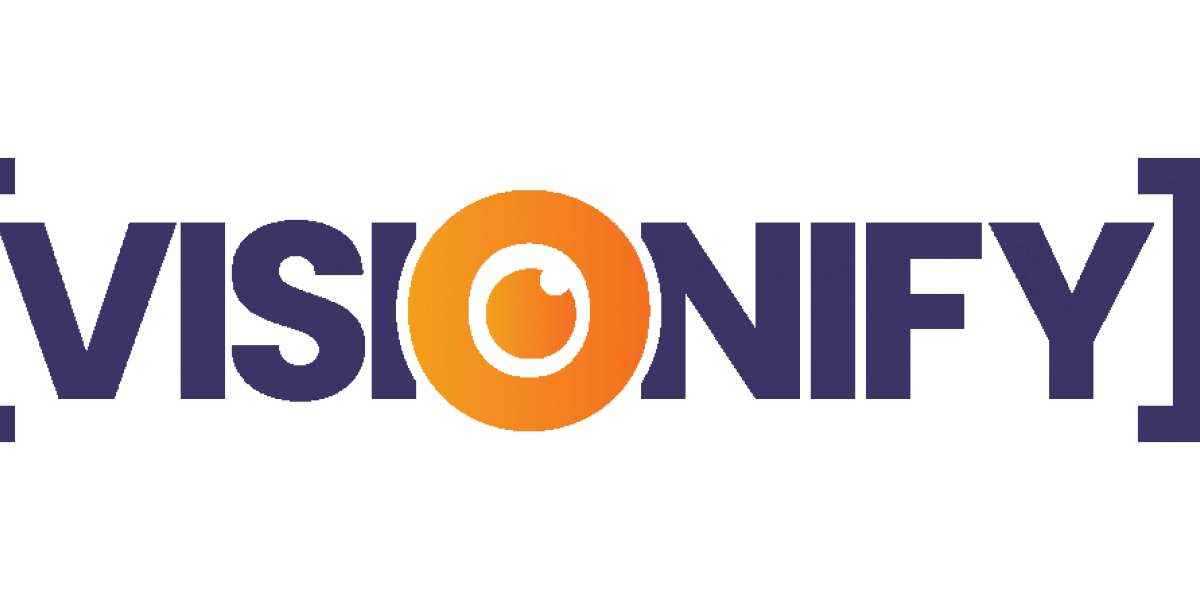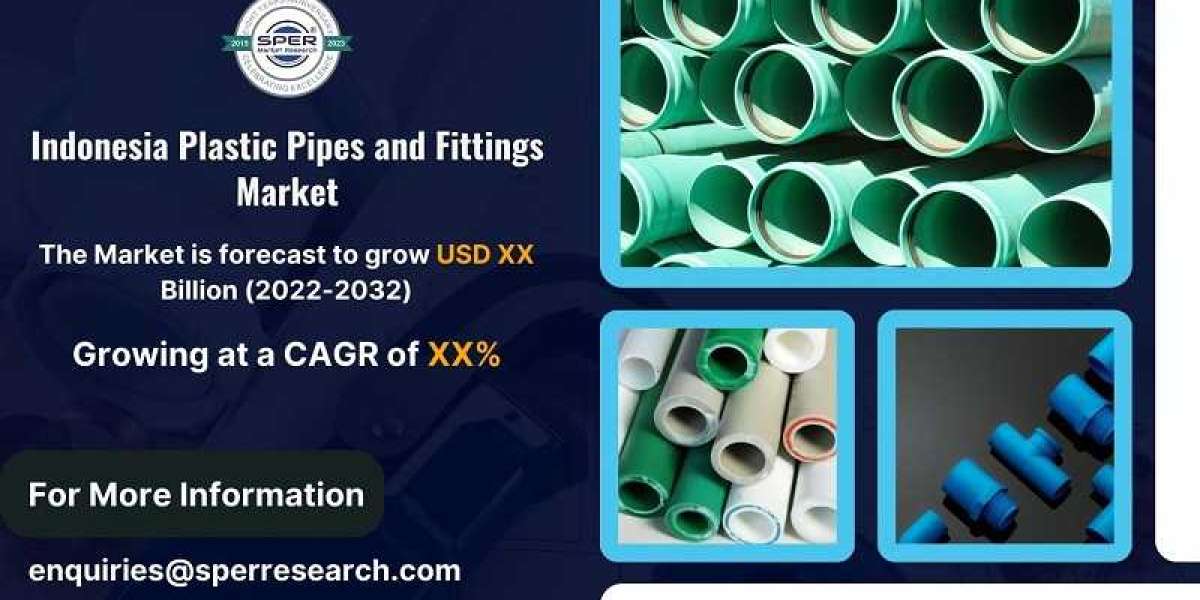Maintaining PPE (Personal Protective Equipment) compliance is essential for workplace safety, protecting employees from potential hazards. Proper PPE use dramatically reduces the risk of injuries and accidents, making it a critical part of any safety strategy. Following PPE protocols in industries like construction, manufacturing, and healthcare is a regulatory necessity and crucial for creating a safe and productive work environment.
Traditionally, businesses have relied on manual surveillance to ensure PPE compliance, with human inspectors monitoring and enforcing safety protocols. While effective to some extent, this method has limitations, including human error, fatigue, and inconsistent enforcement. Vision AI, on the other hand, represents a technological advancement in PPE monitoring. Utilizing computer vision and machine learning, Vision AI provides continuous, automated surveillance, ensuring accurate and consistent monitoring without the typical drawbacks of manual methods. This blog will explore and compare Vision AI-powered monitoring and manual surveillance, highlighting the strengths and weaknesses of each approach in maintaining PPE compliance.
2) Accuracy and Reliability
Detection Capabilities: Vision AI offers superior accuracy in detecting
PPE compliance compared to manual surveillance. Using advanced algorithms, Vision AI can precisely identify various types of PPE, such as helmets, gloves, safety goggles, and high-visibility clothing. This technology can determine whether employees are properly equipped with the necessary PPE and flag any non-compliance immediately. Manual surveillance, which relies on human inspectors, is more prone to errors. Inspectors may miss violations due to fatigue, distractions, or many workers to monitor. While human error can result in overlooked non-compliance, Vision AI ensures that every instance of PPE usage is checked accurately, without bias or oversight.
Consistency: Consistency in monitoring is another significant advantage of Vision AI over manual surveillance. Human inspectors can only maintain vigilance for limited periods and are subject to inconsistencies due to varying levels of attentiveness, shift changes, and breaks. This can lead to uneven enforcement of PPE compliance standards. In contrast, Vision AI provides continuous, round-the-clock surveillance with unwavering consistency. The system operates without interruptions, ensuring that PPE protocols are always followed. This consistent monitoring improves overall safety and maintains a high standard of compliance, free from the fatigue and distractions that typically affect human performance.
3) Efficiency and Cost-Effectiveness
Operational Efficiency: Vision AI significantly streamlines the monitoring process for PPE compliance compared to manual methods. By leveraging advanced algorithms and continuous surveillance, Vision AI automates the detection of PPE usage, eliminating the need for constant human surveillance. This allows for real-time monitoring of large automation workforces across multiple sites, which would be highly challenging and resource-intensive with manual surveillance. Additionally, Vision AI can instantly identify non-compliance and alert supervisors, promptly enabling immediate corrective actions. This seamless operation ensures that safety protocols are enforced consistently, reducing the administrative burden on safety officers and allowing them to focus on more strategic tasks.
Cost Analysis: In terms of costs, Vision AI often proves more cost-effective than manual surveillance over the long term. The initial investment in Vision AI technology, including installation and setup, is affordable and hassle-free, while the ongoing costs are relatively low. Automated systems do not require salaries, benefits, or overtime pay, which are substantial expenses for employing human inspectors. Furthermore, Vision AI can operate 24/7 without breaks, leading to higher productivity and a reduced risk of non-compliance incidents. This emphasis on the financial benefits of Vision AI over manual surveillance is designed to instill confidence in decision-makers about the investment.
Conversely, manual surveillance involves recurring costs such as wages, training, and potential overtime for inspectors. The inefficiencies inherent in human monitoring, including the likelihood of missed non-compliance due to fatigue or distraction, can also result in higher indirect costs, such as increased workplace incidents and associated liabilities.
Overall, the long-term savings from reduced labor costs, improved compliance, and fewer workplace incidents make Vision AI a more cost-effective solution. The efficiency gains and enhanced accuracy provided by Vision AI further contribute to its financial advantages over manual surveillance. This emphasis on the improved accuracy and reduced risk of non-compliance incidents with Vision AI is intended to reassure stakeholders about the effectiveness of the safety measures.
4) Real-Time Monitoring and Response
Speed of Detection: Vision AI significantly outperforms manual surveillance in detecting PPE non-compliance. Vision AI systems continuously analyze video feeds and can immediately identify instances where PPE protocols are not being followed. This automated, real-time detection ensures that any non-compliance is noticed the moment it occurs. On the other hand, manual surveillance depends on human inspectors who can only sometimes observe all workers. Factors like fatigue and distractions can slow detection, causing delays in identifying non-compliance.
Immediate Alerts: A significant advantage of Vision AI is its ability to provide real-time alerts. The system automatically notifies supervisors or safety managers when non-compliance is detected. These instant alerts enable rapid corrective actions, reducing employees' exposure to potential hazards. Quick response is essential for maintaining a safe work environment and preventing accidents. In contrast, manual surveillance often requires inspectors to manually report issues, which can delay the response time and increase the risk of incidents. Vision AI's real-time alerts ensure that safety breaches are promptly addressed, maintaining high workplace safety and compliance standards.
5) Data-Driven Insights and Analytics
Data Collection: Vision AI gathers extensive and accurate data on PPE compliance. The system continuously monitors and records video feeds, capturing detailed information on PPE usage throughout all monitored areas. This data is highly reliable, as it is collected and analyzed by advanced algorithms that can detect even minor deviations from compliance standards. In contrast, manual surveillance depends on human inspectors to observe and record compliance data, which can be inconsistent and prone to errors. Human inspectors may need to pay more attention to details due to fatigue, distractions, or simple oversight, leading to gaps in the data. Vision AI ensures comprehensive and precise data collection, providing a solid foundation for analysis and decision-making.
Predictive Analytics: A significant advantage of Vision AI is its capability for predictive analytics. By analyzing historical data on PPE compliance, Vision AI can identify patterns and trends that may indicate potential future non-compliance. This allows businesses to address issues proactively before they result in incidents. For example, suppose the data shows that non-compliance tends to increase during certain shifts or in specific areas. In that case, targeted interventions such as additional training or changes in protocols can be implemented. Predictive analytics enable companies to avoid potential problems, enhancing safety and compliance. Manual surveillance needs this predictive capability, as it typically focuses on addressing issues reactively rather than proactively. Vision AI's predictive analytics provide a forward-looking approach to safety management, helping to prevent future non-compliance and improve workplace safety.
6) Tabled Comparative Analysis: Vision AI vs. Manual Surveillance
Aspect
Vision AI
Manual Surveillance
Accuracy of Detection
Advanced algorithms ensure precise detection of various PPE types, identifying non-compliance immediately.
Relies on human observation, prone to errors and oversights due to fatigue and distractions.
Consistency
Continuous, 24/7 monitoring without breaks, ensuring consistent enforcement of PPE protocols.
Inconsistent due to varying levels of attentiveness and the need for breaks and shift changes.
Operational Efficiency
Automated and scalable, can monitor large workforces and multiple sites simultaneously.
Resource-intensive requires multiple inspectors to cover large areas, leading to higher operational costs.
Cost-Effectiveness
High initial investment but lower ongoing costs, with significant long-term savings from reduced labor and fewer incidents.
Lower initial cost but higher ongoing expenses for wages, training, and overtime.
Speed of Detection
Instantly identifies non-compliance and sends real-time alerts for immediate corrective action.
Slower detection due to reliance on human inspectors, leading to delayed responses.
Data Collection
Collects comprehensive, accurate data continuously, providing a reliable basis for analysis.
Data collection is inconsistent and error-prone due to human limitations.
Predictive Analytics
Uses historical data to predict future non-compliance, allowing for proactive interventions.
Lacks predictive capability, focusing only on reactive measures.
7) Future Trends in PPE Compliance Monitoring
Technological Advances:
The future of Vision AI in PPE compliance monitoring is bright, with several advancements set to enhance its capabilities. One significant development is integrating augmented reality (AR) with Vision AI. This combination can provide workers with real-time visual cues about their PPE usage directly in their field of vision. For example, AR glasses can alert workers if they are not wearing the required safety gear or if their PPE is improperly worn.
Another key advancement is the improvement of machine learning algorithms. These will enable Vision AI systems to recognize a broader range of PPE and adapt more quickly to new safety standards. Enhanced image recognition capabilities will enable more precise compliance detection in complex environments. Additionally, advances in edge computing will allow Vision to AI systems to process data locally, reducing latency and improving real-time monitoring and alerting.
The integration of Vision AI with the Internet of Things (IoT) is also on the horizon. IoT devices like smart sensors and wearables can work alongside Vision AI to provide a comprehensive view of worker safety. These devices can collect data on environmental conditions and worker movements, offering more profound insights into safety compliance and potential hazards.
Industry Adoption:
The adoption of Vision AI for PPE compliance monitoring is growing across various industries. Sectors such as construction, manufacturing, healthcare, and energy increasingly recognize the benefits of automated, accurate, and consistent tracking provided by Vision AI. The ability to maintain high safety standards without the limitations of manual surveillance is driving this trend.
In construction, where safety compliance is critical due to the high-risk nature of the work, Vision AI is being used to monitor large sites continuously, ensuring that all workers adhere to PPE protocols. Manufacturing plants are adopting Vision AI to monitor extensive production lines and ensure that employees are protected in real-time, minimizing the risk of accidents.
Healthcare facilities are also seeing the advantages of Vision AI in maintaining compliance with PPE protocols, particularly in environments with high contamination risks. The energy sector, including oil, gas, and chemical plants, is leveraging Vision AI to monitor compliance in hazardous areas, ensuring worker safety and preventing costly incidents.
As more industries adopt Vision AI, the technology is expected to become a standard tool for safety compliance. Ongoing advancements in Vision AI will further enhance its capabilities, making it an indispensable part of workplace safety strategies. The shift towards Vision AI will lead to safer work environments, reduced incidents, and a stronger culture of compliance, ultimately transforming how industries approach safety management.
Recap
This blog has highlighted the clear advantages of Vision AI over manual surveillance for ensuring PPE compliance. Vision AI stands out in several crucial areas:
Accuracy and Reliability: Vision AI precisely detects various PPE types and ensures consistent monitoring, free from human error and fatigue limitations.
Efficiency and Cost-Effectiveness: Vision AI streamlines the monitoring process, reducing the need for constant human supervision and offering long-term cost savings by lowering labor costs and minimizing workplace incidents.
Real-Time Monitoring and Response: Vision AI offers immediate detection and real-time alerts, enabling quick corrective actions to maintain high safety standards.
Data-Driven Insights and Analytics: Vision AI gathers comprehensive, accurate data, allowing for predictive analytics to help prevent future non-compliance.
Future Trends: Vision AI is poised to become even more effective with upcoming technological advancements and growing industry adoption.
Vision AI transforms workplace safety and ensures continuous PPE compliance by leveraging these advantages. Its ability to provide automated, 24/7 surveillance and instant responses positions Vision AI as a more efficient solution compared to manual surveillance methods.
Visionify's Vision AI solutions offer a dependable and effective choice for businesses striving to enhance PPE compliance and overall workplace safety. Visionify delivers tailored solutions that ensure that safety protocols are consistently adhered to. Embrace the future of workplace safety with Visionify's Vision AI solutions and foster a safer, more productive working environment for your staff.
Embrace the future of workplace safety with Visionify's Vision AI solutions and create a safer, more efficient working environment for your employees.
 Finding Affordable Chiropractors Near Me: A Practical Guide
Finding Affordable Chiropractors Near Me: A Practical Guide
 How To Make Best Possible Use Of 홀덤사이트?
By piqemlydas
How To Make Best Possible Use Of 홀덤사이트?
By piqemlydas Unlocking Your Potential: The Power of TAFE Help Services
By Brock Lwf
Unlocking Your Potential: The Power of TAFE Help Services
By Brock Lwf ODM PXG 鉃?Name: PXG Tip Adapter 鉃?Sample: Sampl
By jhdghjdfk
ODM PXG 鉃?Name: PXG Tip Adapter 鉃?Sample: Sampl
By jhdghjdfk Buy Wind Lidar System Production Introduction 聽 The
By jhdghjdfk
Buy Wind Lidar System Production Introduction 聽 The
By jhdghjdfk


